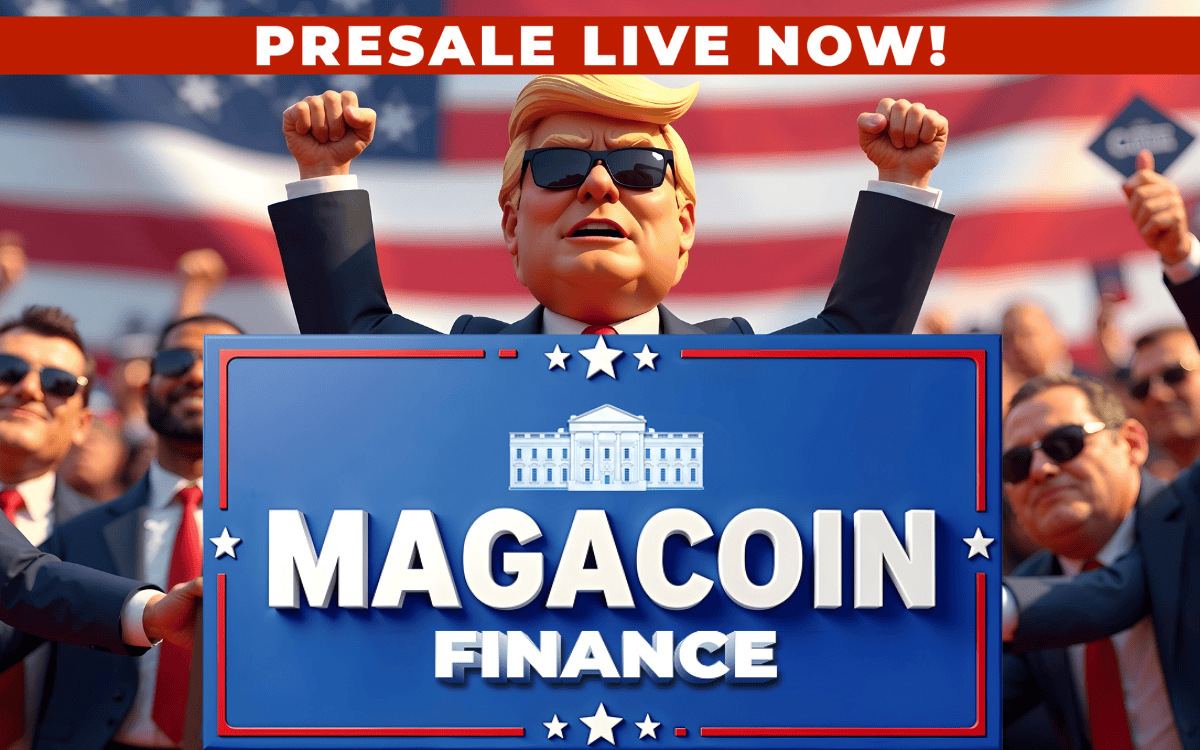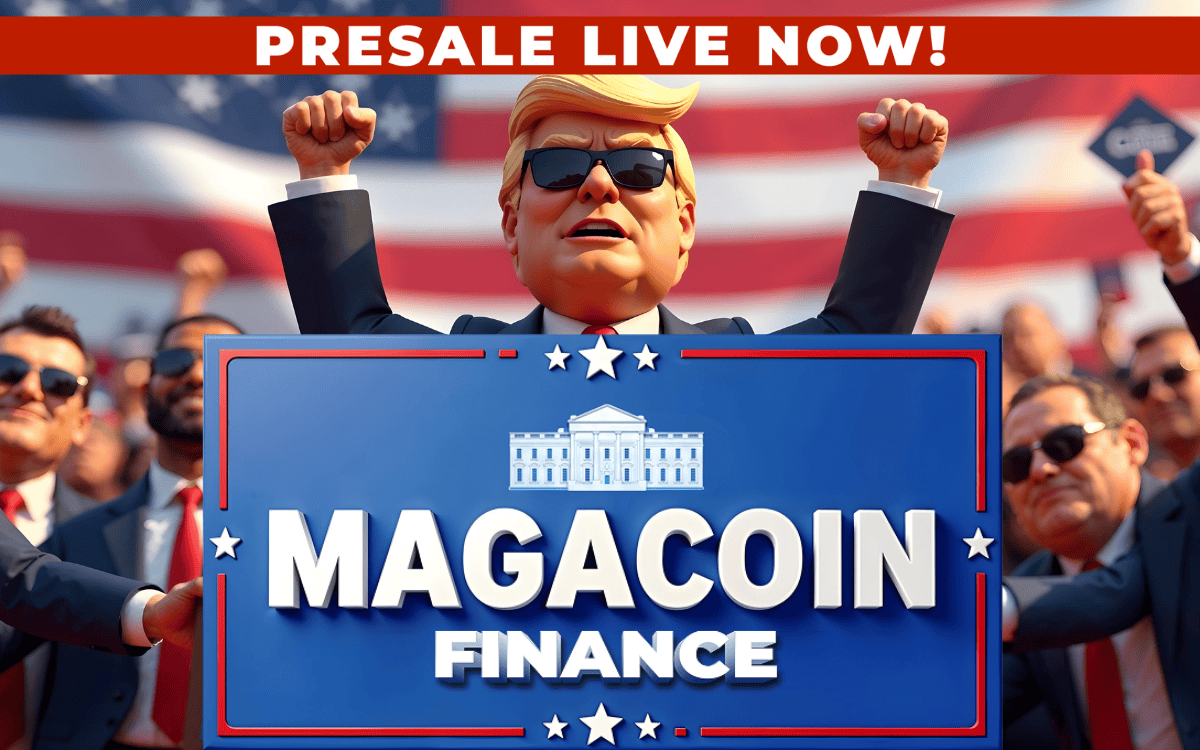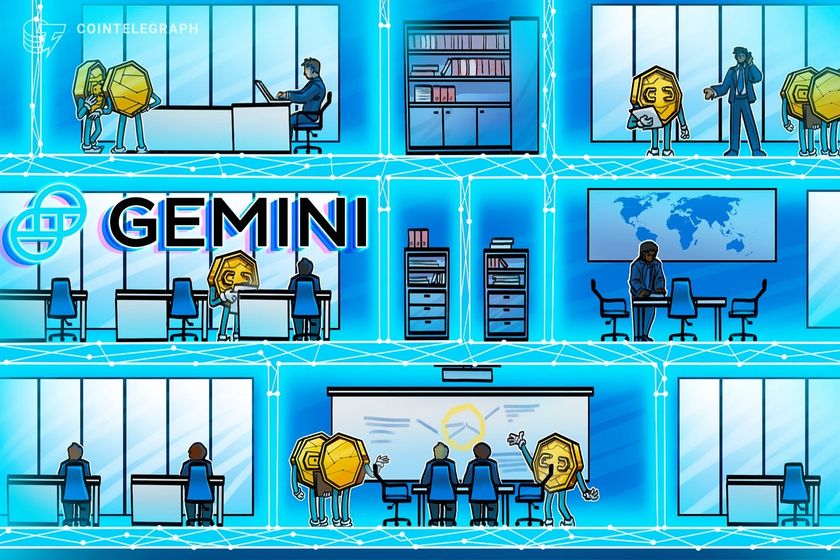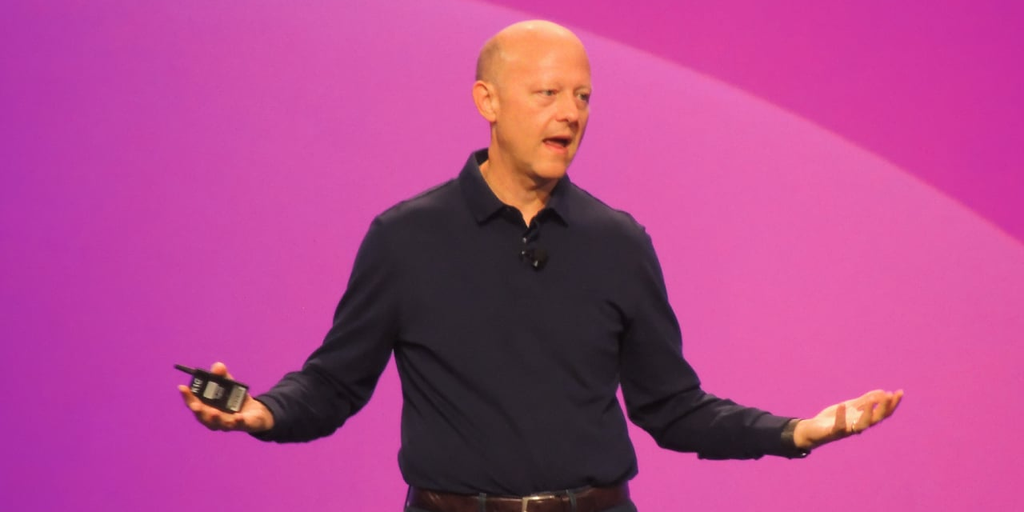Crypto exchange provider Coinbase Global receives half of Circle’s residual revenue generated from reserves backing its USDC stablecoin, according to new details disclosed in Circle’s IPO filing.
In an S-1 filing submitted to the Securities and Exchange Commission on Tuesday, Circle revealed Coinbase receives 50% of the “residual payment base”—a portion of revenue explicitly derived from reserves backing Circle’s flagship stablecoin pegged 1-to-1 to the U.S. dollar.
Circle generates income primarily through reserve assets, essentially comprising highly liquid U.S. Treasury instruments and cash equivalents.
The company earned $1.7 billion in revenue and reserve income in 2024, reporting net income of $156 million. Circle seeks to capitalize on what it sees as a growing global adoption of blockchain-based payments.
The filing notes a direct correlation between Coinbase’s share of Circle’s reserve income and the amount of USDC held on Coinbase’s exchange.
If more USDC is held on Coinbase, the exchange’s share of reserve income increases. Conversely, if users hold USDC directly with Circle or elsewhere, Coinbase’s portion decreases.
The revenue-sharing agreement underscores what many in the industry had already long understood— a symbiotic relationship between Circle’s USDC and Coinbase, its largest distribution partner.
USDC is the world’s second-largest stablecoin, with a circulation of roughly $60.1 billion, representing approximately 26% of the global stablecoin market, CoinGecko data shows.
The stablecoin was launched in 2018 through the Centre consortium, established by the pair, with the crypto exchange taking an equity stake in Circle in August 2023 following the consortium’s dissolution.
Coinbase’s platform held approximately 20% of the total USDC in circulation in 2024, up sharply from just 5% in 2022, reflecting Coinbase’s growing influence on Circle’s revenue streams.
Still, the arrangement raises potential risks for Circle, according to the filing.
The company highlighted that distribution costs and revenue share payments to Coinbase are directly influenced by the exchange provider’s business strategies and policies, which Circle neither controls nor oversees.
To reduce such dependency and strengthen its global position against major rival Tether (USDT), Circle has increasingly focused on expanding international adoption of USDC through partnerships with major digital finance companies.
In its filing, Circle touted its global partnerships, including recent deals with Grab in Singapore, Nubank in Brazil, and Mercado Libre across Latin America.
The company plans to list on the New York Stock Exchange under the ticker symbol “CRCL,” though pricing details and the offering date remain undisclosed.
Daily Debrief Newsletter
Start every day with the top news stories right now, plus original features, a podcast, videos and more.
Decrypt – Read More










